
WGI Welcomes Melissa McKinlay as Vice President for Government Relations
Melissa’s addition to the team solidifies WGI’s leadership in helping communities harness the benefits of much-needed infrastructure projects throughout the nation.
Learn from award-winning professionals — explore our whitepapers, blogs, and the latest industry updates.
Join our dynamic organization of engineers, land surveyors, landscape architects, environmental scientists, and architects!
Talk to a market leader today! We’ll answer any questions you have about our professional services.
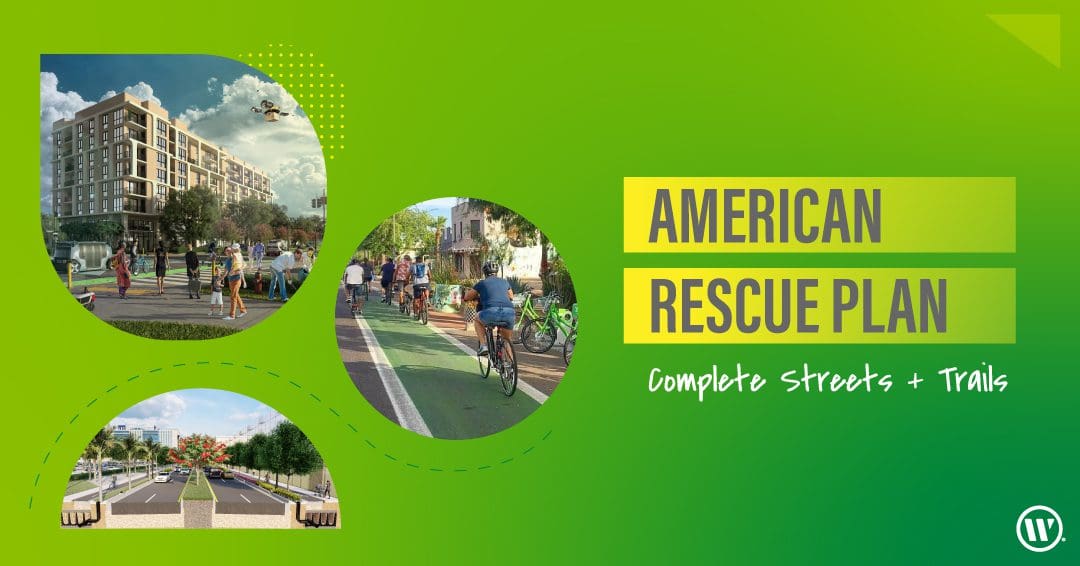
by Lisa Nisenson, VP, New Mobility and Connected Communities
Communities around the country are developing strategies on how to win and invest American Rescue Plan Act (ARPA) funding. This blog post examines how to position Complete Streets and trails projects for ARPA funding.
In a nutshell, ARPA provides $350 billion for state, local, territorial, and tribal governments to address COVID-related economic impact through the State and Local Fiscal Recovery Fund. On May 21, 2021, the U.S. Department of Revenue issued an interim final rule (referred to as interim rule hereafter) establishing funding criteria. Please see our July 20, 2021 blog post for additional details.
Funds can be used for projects that fall under the following use categories, and address both current COVID-related impacts and longstanding challenges exacerbated by the pandemic:
The interim rule allows for creativity in crafting locally relevant project lists and services. The interim rule does, however, reference example projects that address COVID-related impacts and needs. This post highlights specific passages and references that support use of ARPA funding for trails and Complete Street projects. Some references are explicit, while others require “connecting the dots” between Complete Streets benefits and COVID recovery.
For two decades, researchers have amassed a robust body of research demonstrating the benefits of Complete Streets and trails. WGI is a silver partner in the Complete Streets Coalition (a project within Smart Growth America), a group of researchers, advocates, and practitioners advancing best practices for designing multi-modal streets.
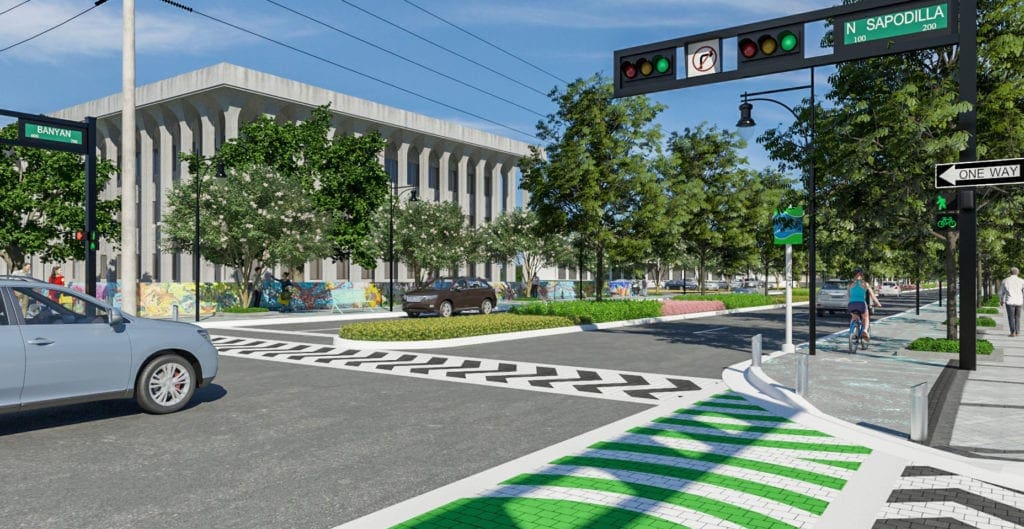
There are three areas where Complete Streets and trail projects may align with ARPA funding criteria: public health, addressing economic impacts, and infrastructure.
The public health impacts experienced due to COVID are both direct and indirect. ARPA funding eligibility will rest on clearly articulated needs and/or negative impacts of COVID. Successful project applications will identify how the project addresses the identified need or impact.
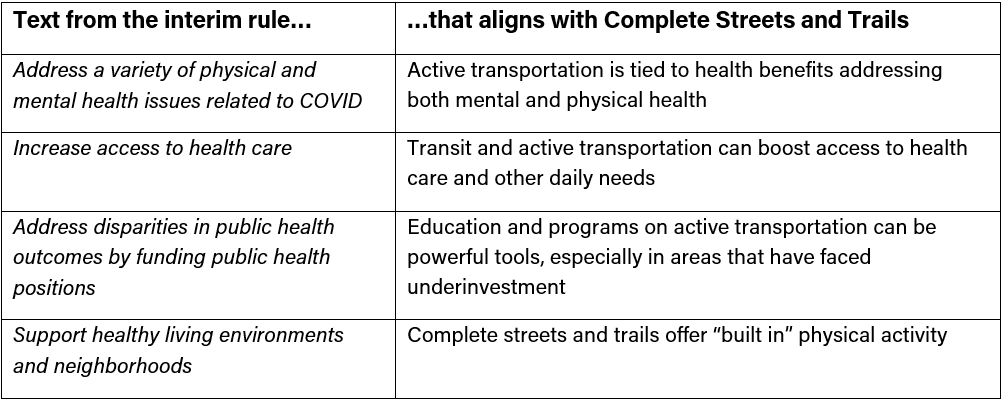
Eligible projects must be designed to address an identified economic harm resulting from or exacerbated by COVID. Responses must be related and reasonably proportional to the extent and type of harm experienced.
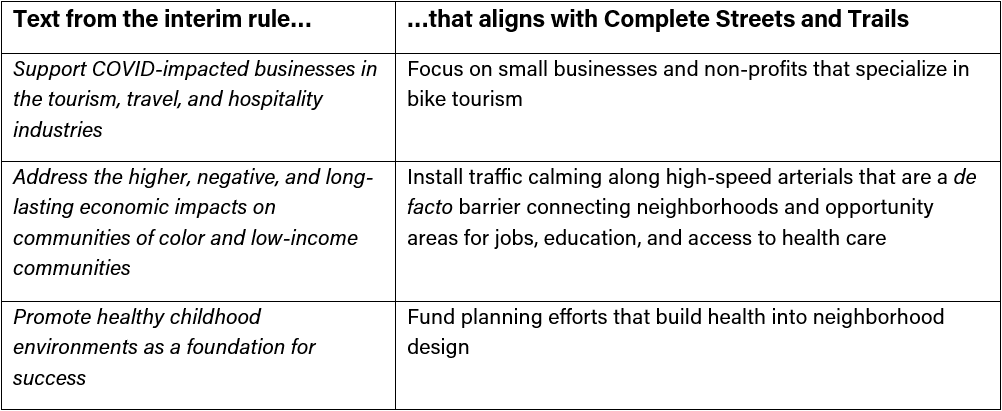
Infrastructure within ARPA is defined largely as (1) broadband and (2) water projects that would also be eligible for funding under the Clean Water State Revolving Fund (CWSRF) or the Drinking Water State Revolving Fund (DWSRF).
The interim rule notes that general infrastructure projects typically would not be included unless the project responds to a specific pandemic public health need or a specific negative economic impact. That said, the interim rule does note eligibility for certain infrastructure maintenance projects considered a government service (maintenance or pay-go funded building of infrastructure including roads) and green streets.
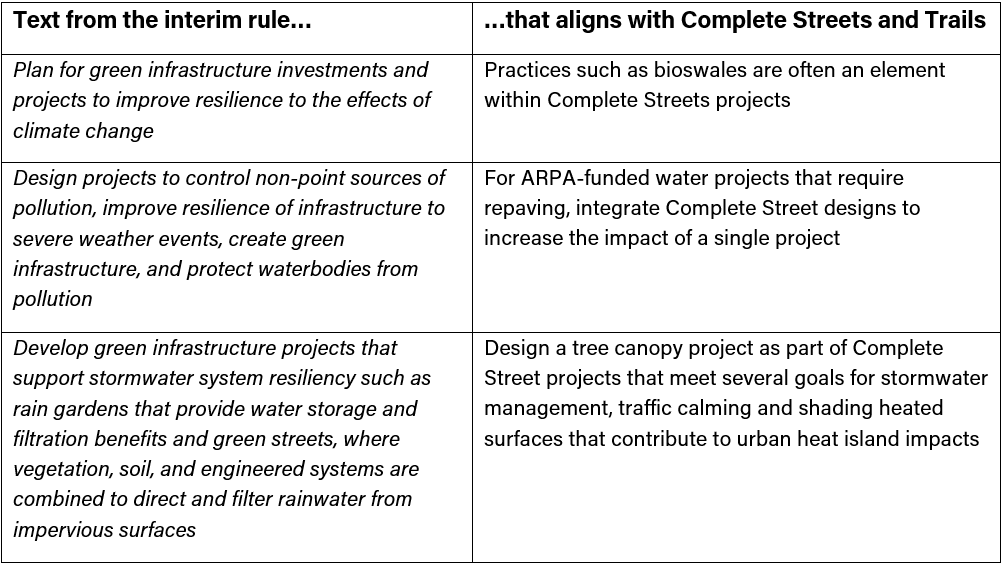
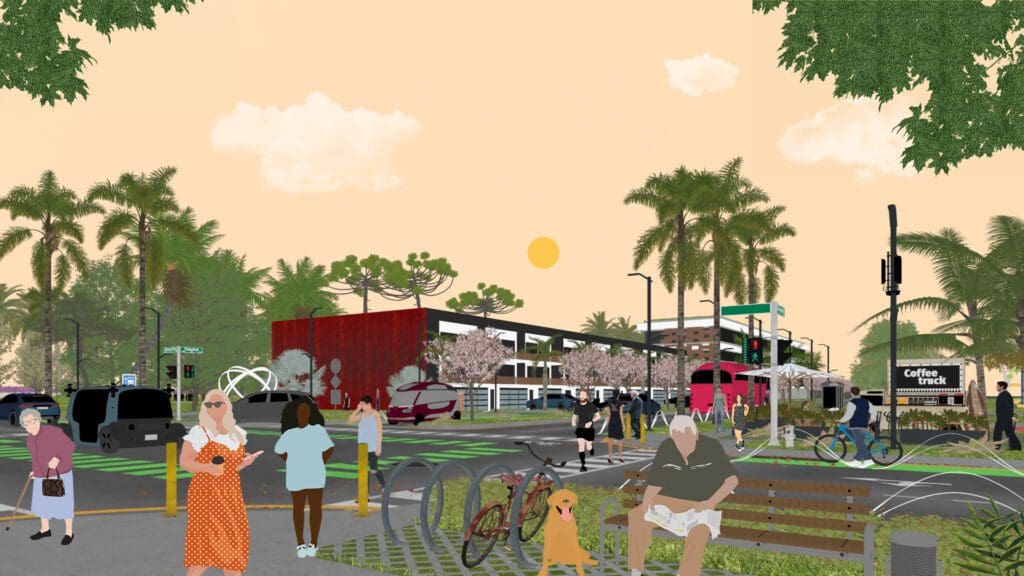
As entities assemble ideas for using ARPA funds for Complete Streets and trails, the following points are important:
WGI is working with communities across the country on complete streets and trails. For ARPA funding, we’ve been working on ways to “connect the dots” between ARPA goals and Complete Streets and trails projects. Moreover, we look for project design that meets multiple goals at once, including the mobility, public heath, economic development, and resilience goals listed in the interim rule.
To learn more, contact Lisa Nisenson at lisa.nisenson@wginc.com if you would like to leverage ARPA funds for local Complete Streets, trails, and green street projects. We can provide tips on getting started, including making the case, how to stage projects, engage new stakeholders, and set Key Performance Indicators (KPIs). We can also provide example project proposals from around the country.

Lisa is a respected urban designer known for combining timeless community design and innovation with focus on fast-tracking advanced planning techniques and emerging technologies. She has been a new mobility and smart city consultant, researcher on smart mobility, and urban planning start-up founder. Her passion is reinventing community planning processes and tools to meet trends and challenges.

Melissa’s addition to the team solidifies WGI’s leadership in helping communities harness the benefits of much-needed infrastructure projects throughout the nation.

WGI’s Lisa Nisenson was featured on the American Planning Association’s podcast to discuss rapidly changing e-commerce trends and technologies, and the long-term implications of COVID-19 on the way planners are thinking about the future.

WGI is helping the Massachusetts Housing and Community Development (DHCD) and the City of New Bedford, MA implement a rapid recovery plan to rebound from the effects of COVID-19.
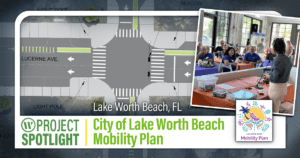
Discover how WGI’s Lake Worth Beach Mobility Plan enhances infrastructure, safety, and accessibility through data-driven analysis and community engagement.
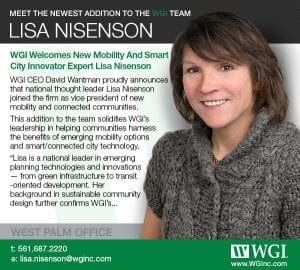
This addition to the team solidifies WGI’s leadership in helping communities harness the benefits of emerging mobility options and smart/connected city technology.
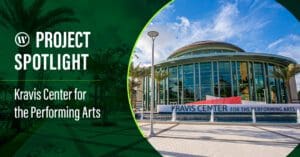
WGI led the renovation of the iconic Kravis Center for the Performing Arts in downtown West Palm Beach, offering a full spectrum of services to enhance the iconic facility.
You’ve been searching for a place like WGI. We look forward to meeting you soon.
Sign up to receive emails to hear our latest news and achievements in our monthly newsletter.
Enter your zip code, and we’ll personalize your experience with local projects, office locations, team members, and more.
WGI supports its associates with meaningful opportunities for growth, strong benefits and perks, while we work collaboratively with clients and co-consultants to shape and improve communities.






WGI is a dynamic organization with opportunities nationwide for engineers, land surveyors, landscape architects, environmental scientists, and architects.